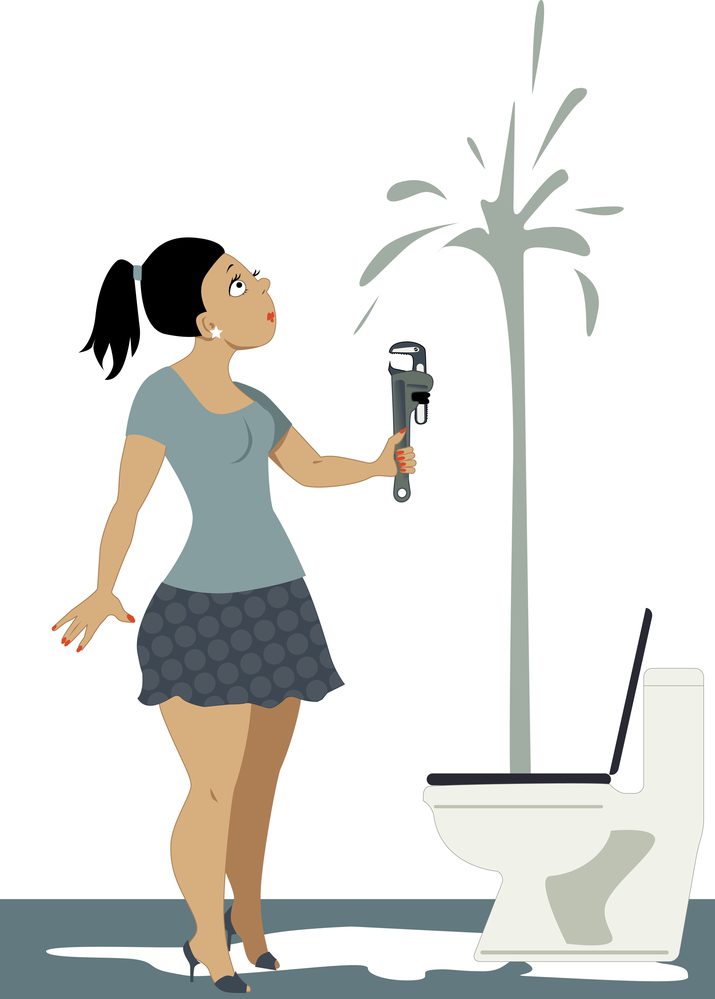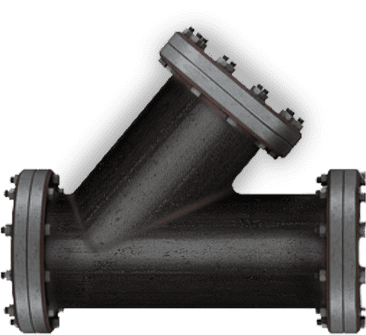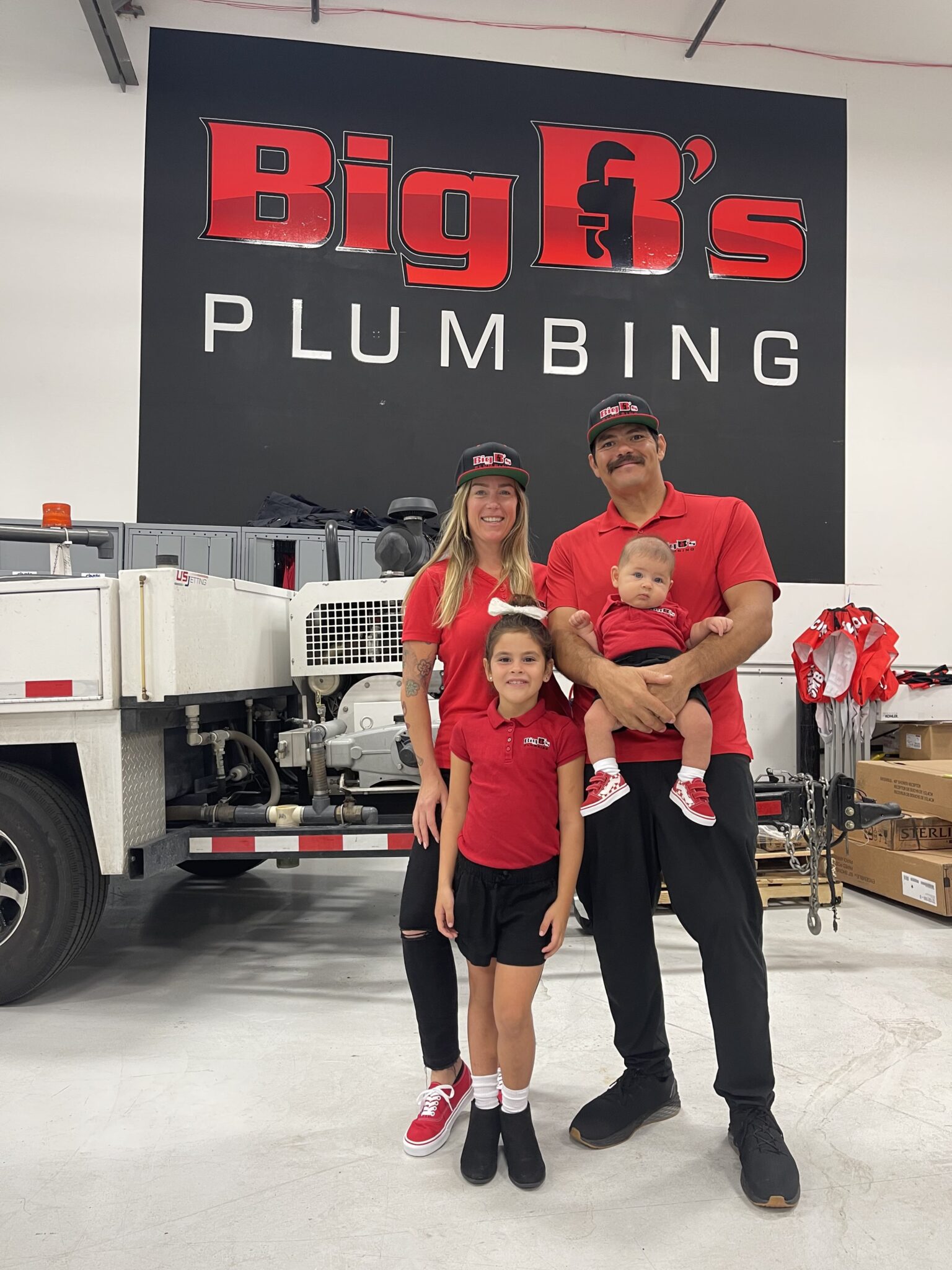Do you ever take a moment to think about the inner workings of your toilet? Whether it’s flushing, filling up, or draining away waste, while we count on our toilets every day, many of us need to understand how they work thoroughly. From the parts that make it up to regular maintenance and protocols for repair troubleshooting, if you’re looking for an all-encompassing insight into how toilets function, look no further – let this Plumber’s Playbook be your guide! In this post, we will break down components such as the tank apparatus and pipe systems, featuring tips from experts on best practices when maintaining plumbing in residential homes.
How Toilets Work From Troubleshoot and Diagnostics
Understanding how toilets work and how to make minor repairs or adjustments can reduce this water usage and positively impact the environment. Furthermore, a basic understanding of how toilets work can help homeowners troubleshoot and diagnose potential issues, such as blockages, leaks, or improper flushing mechanisms.
Moreover, understanding how toilets work can lead to a more efficient and cost-effective home. Additionally, homeowners with a basic understanding of toilet workings can make informed decisions when purchasing new models, selecting those designed for maximum energy and water conservation that offer reliable, long-lasting performance.
Overall, the benefits of having a basic understanding of how toilets work are numerous and varied, ranging from practical daily use to environmental responsibility and long-term cost savings. It is a valuable investment of time and effort for all individuals.
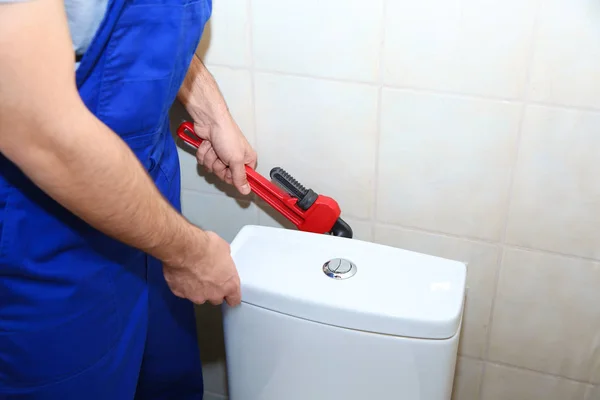
Learn What’s Behind Your Toilet’s Throne: Basic Toilet Component
Another part of understanding how toilets work is a sanitary fixture designed explicitly for disposing of or eliminating human urine and feces. It is mandatory for any residential, commercial, or industrial building. The modern toilet usually comprises three components: the bowl, the tank, and the flushing mechanism.
Modern toilets also have various features and options that improve their functionality and convenience. For example, some bathrooms come with bidets that allow users to wash themselves after using the toilet. Others come with self-cleaning functions that help prevent the buildup of bacteria and other contaminants.
The Toilet Trio: Get to Know the 3 Primary Components of How Toilets Work
The bowl serves as the primary component of the toilet, receiving the deposited waste. Typically, designers use ceramic or porcelain and strive for easy cleaning and stain resistance. When a person uses the toilet, the waste falls into the bowl, and the bowl holds it until it is flushed down. The bowl is shaped to minimize splashing and facilitates easy aiming.
The tank typically sits on the back of the bowl and serves as the secondary component of the toilet. It holds water to flush the waste down the drain. The tank has two parts: the fill valve and the flush valve. The fill valve loads the tank with water after use, while the flush valve releases the water to flush the waste down the drain.
The flushing mechanism is the final component of the toilet and is responsible for allowing water to flow through the tank and into the bowl to flush the waste. Several flushing mechanisms exist, including gravity-fed, pressure-assisted, and dual flush. The gravity-fed flushing mechanism is the most common and relies on the weight of the water in the tank to push the waste down the drain.
A Flush of Curiosity-What’s inside?
Are you curious about what’s lurking inside your home’s plumbing system? These are some of the primary inner components of a toilet that work together to enable flushing and refilling with water. These parts’ specific design and arrangement may vary depending on the toilet model.
- Flush Valve: The flush mechanism is a component in the toilet tank that regulates water flow from the tank to the bowl when flushing occurs.
- Fill Valve (Ballcock): The fill valve, often called the ballcock, is responsible for refilling the toilet tank with water after flushing.
- Flapper: A rubber or plastic valve in the tank that opens and closes, permitting water to flow from the tank to the bowl while flushing.
- Overflow Tube: The tube that allows excess water to flow into the toilet bowl, thus preventing overfilling, is known as the overflow tube.
- Float: The float is a buoyant device attached to the fill valve that rises with the water level in the tank, signaling the fill valve to turn off when the tank is full.
- Trip Lever: The trip lever is a handle or lever located on the outside of the tank that, when pressed or turned, activates the flush valve to initiate flushing.
- Chain: The trip lever connects to the flapper using a chain, which lifts the flapper and initiates the flush by moving the lever.
- Gasket: A gasket is a sealing component that creates a watertight connection between different toilet parts, such as the tank and bowl.
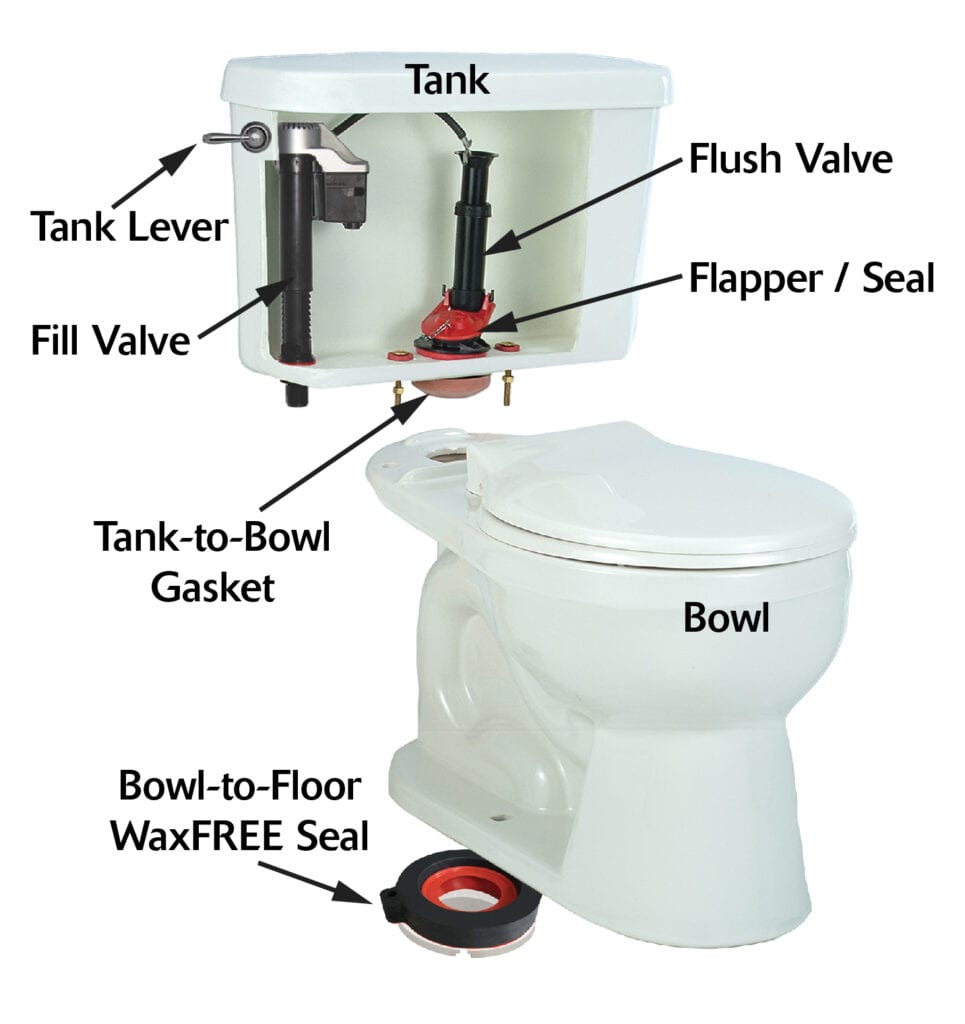
“The Flush Lever Demystified: Understanding Its Role in Toilet Flushing”
The toilet flush lever, an often-overlooked component of our daily routines, plays a fundamental role in flushing. Understanding the mechanism of this integral part can help us appreciate its importance and keep our toilets in good working order.
In simple terms, the flush lever is a handle that triggers the toilet’s flushing mechanism. However, the device is much more than a simple trigger. It is an intricate system of mechanical components, each with its specific function to ensure the efficiency and effectiveness of the flushing process.
The flush lever connects to an arm that lifts the flapper, a rubber valve at the bottom of the toilet tank. After lifting the flapper, the water stored in the tank flows towards the bowl through the flush valve, creating a vortex that cleans out the contents of the bowl. The flush lever also connects to the fill valve, replenishing the tank with water after flushing. This valve opens automatically once the water level drops in the tank, ensuring that the toilet is always ready for subsequent use. Keep reading; there’s more to learn about how toilets work.
“The Heart of the Tank: Identifying the Fill Valve and Its Vital Role”
The fill valve, also known as the inlet valve, is essential in toilet operation. The fill valve controls the water entering the toilet tank, determining the water used during each flush. As the name suggests, the fill valve fills the toilet tank with water after a flush. This valve typically sits on the left-hand side of the tank and is connected to the water supply line. The fill valve is a complex mechanism comprising several components, including a float, a refill tube, and a diaphragm.
The float in the fill valve is responsible for regulating the water level in the tank. When the water level drops, the float also drops, opening the valve to allow water into the tank. Once the water reaches the desired level, the float rises and shuts off the valve, preventing more water from entering the tank.
The refill tube attached to the fill valve directs water into the overflow tube, which prevents the tank from overflowing. The diaphragm in the fill valve also plays a vital role in regulating water flow. The diaphragm controls the valve opening based on the water pressure from the supply line. Keep reading; there’s more to learn about how toilets work.
“The Foundation of Flushing: Toilet Bowl Components and How Your Toilet Works
Toilet bowl components are integral to the functioning of any toilet system. Understanding each part and its purpose is necessary for maintaining the optimal performance of your toilet. Firstly, the trapway is a critical component that connects the bowl to the drain. It carries waste and water from the toilet and into the sewage system. Typically placed at the base of the toilet bowl, the trapway must be clear of any blockages to allow for proper drainage.
Secondly, a wax ring creates a watertight seal around the toilet’s base. It helps to prevent leaks and keep water from seeping out of the bottom of the bowl. This ring is essential to properly functioning the toilet, as any leaks can lead to water damage and home emergencies.
Lastly, closet bolts and washers are the nuts and bolts used to secure the toilet to the floor. These bolts play an important role in keeping the bowl securely in place. They also help to prevent leaks and ensure that the toilet operates smoothly.
Best Practices for a Long-lasting Toilet
To sum up, our article has provided an even more comprehensive view of the parts and functions of a toilet, both inside and out. Whether you know your way around one or are just learning how to identify the various components of a toilet, this guide can help you understand it better. Furthermore, the suggested best practices for maintaining a toilet in top-notch condition will ensure you’ll never have to worry about frequent maintenance issues or emergency repairs. For those needing professional plumbing services such as installation, repairs, or replacement of toilet fixtures, don’t hesitate to contact Big B’s Plumbing; they will be sure to get the job done quickly and efficiently while leaving no mess behind. So don’t wait: contact Big B’s Plumbing today because we know how toilets work, and we’ll keep it functioning perfectly! License #986152





